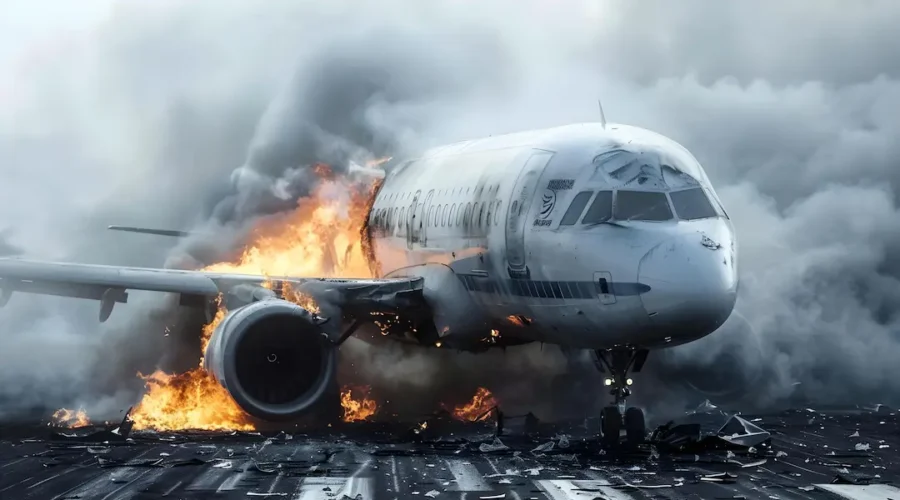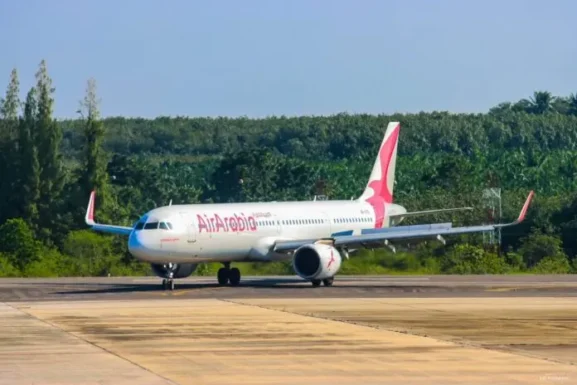Air India’s Fatal Accidents: A Historical Overview of Tragedy and Lessons Learned
From early technical failures to high-profile terror attacks and rare modern crashes, Air India’s fatal incidents reflect the evolution of aviation safety in India.
Over its decades-long operation, Air India has witnessed several fatal accidents — each marking a painful chapter in Indian aviation history. From the early days of propeller aircraft to modern jets like the Boeing 787 Dreamliner, these incidents provide insight into the challenges, tragedies, and eventual improvements in aviation safety and operations.
1. The First Tragedy – 1947
- Date: 27 December 1947
- Aircraft: Douglas C-48C (VT-AUG)
- Route: Karachi to Bombay
- Fatalities: 23 (19 passengers, 4 crew)
- Cause: Instrument failure leading to loss of control at Korangi Creek
- Remarks: Air India’s first fatal accident. The aircraft was known for frequent electrical faults.
2. The Mont Blanc Crashes – 1950 & 1966
- Flight 245 – “Malabar Princess”
- Date: 3 November 1950
- Aircraft: Lockheed L-749 Constellation (VT-CQP)
- Route: Bombay to London (via Cairo and Geneva)
- Fatalities: 48
- Cause: Crashed into Mont Blanc, France; suspected navigational error.
- Flight 101 – “Kanchenjunga”
- Date: 24 January 1966
- Aircraft: Boeing 707-420 (VT-DMN)
- Fatalities: 117
- Cause: Controlled flight into terrain due to pilot miscalculation while descending into Geneva.
- Notable Casualty: Indian nuclear scientist Dr. Homi J. Bhabha
3. Domestic Fatal Crashes – 1950s
- 13 December 1950 – VT-CFK
- Route: Bombay to Coimbatore
- Fatalities: 21
- Cause: Navigational error; crashed into high terrain near Kotagiri.
- 15 September 1951 – VT-CCA
- Location: HAL Bangalore Airport
- Fatalities: 1 (crew member)
- Cause: Autopilot engaged during takeoff; aircraft lost control.
- 9 May 1953 – VT-AUD
- Location: Palam Airport
- Fatalities: 18
- Cause: Pilot error shortly after takeoff.
- 11 April 1955 – Flight 300 “Kashmir Princess”
- Route: Hong Kong to Jakarta
- Fatalities: 16
- Cause: Mid-air explosion due to a bomb planted in the landing gear bay.
4. Tragedy Over the Arabian Sea – 1978
- Flight 855 – “Emperor Ashoka”
- Date: 1 January 1978
- Aircraft: Boeing 747-237B (VT-EBD)
- Fatalities: 213
- Cause: Spatial disorientation due to instrument failure; crashed into the Arabian Sea just after takeoff from Bombay.
5. Monsoon Misjudgment – 1982
- Flight 403 – “Gouri Shankar”
- Date: 21 June 1982
- Aircraft: Boeing 707-420C (VT-DJJ)
- Route: Kuala Lumpur to Bombay
- Fatalities: 17
- Cause: Undershooting the runway in a rainstorm due to crew misjudgment; aircraft broke apart on landing.
6. The Worst Terror Attack – 1985
- Flight 182 – “Kanishka”
- Date: 23 June 1985
- Aircraft: Boeing 747-237B (VT-EFO)
- Route: Montreal – London – Delhi – Bombay
- Fatalities: 329 (307 passengers, 22 crew)
- Cause: Bomb planted by Babbar Khalsa terrorists.
- Significance: Largest mass murder involving Canadians, and the deadliest aviation terror attack until 9/11.
7. Ground Accident – 2015
- Date: 17 December 2015
- Location: Mumbai Airport
- Fatalities: 1 (ground technician)
- Cause: The technician was sucked into an Airbus A319 engine during pushback after a miscommunication led to premature engine start.
8. The Most Recent Tragedy – 2025
- Flight 171
- Date: 12 June 2025
- Aircraft: Boeing 787-8 Dreamliner
- Route: Ahmedabad to London Gatwick
- Fatalities: 243 of 244 on board
- Survivor: 1 British citizen, seated in A11
- Cause: Under investigation (DGCA and Air India conducting inquiry)
- Note: This was the first-ever fatal crash involving a Boeing 787 Dreamliner, breaking a nearly 14-year perfect record.
Lessons and Legacy
Despite these tragedies, Air India has played a pivotal role in shaping Indian aviation. Each fatal incident led to procedural, technical, or operational changes. The 1985 bombing forever altered aviation security globally. The airline’s more recent fatal crash in 2025 has again turned attention to pilot training, aircraft maintenance, and crisis response.
While no airline is immune to tragedy, Air India’s long history shows how the industry learns, adapts, and evolves with every loss — ensuring safer skies for future generations.



